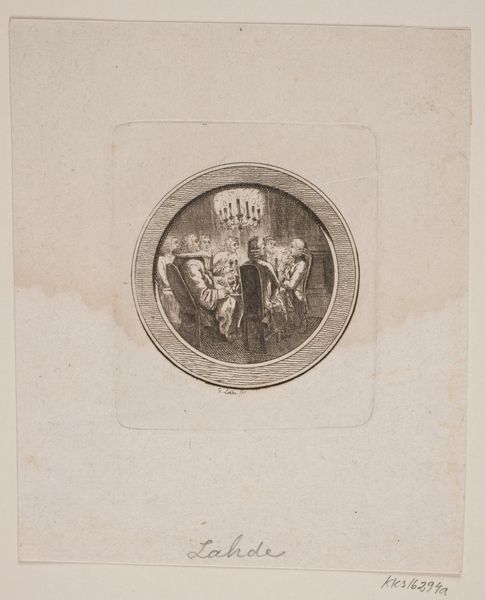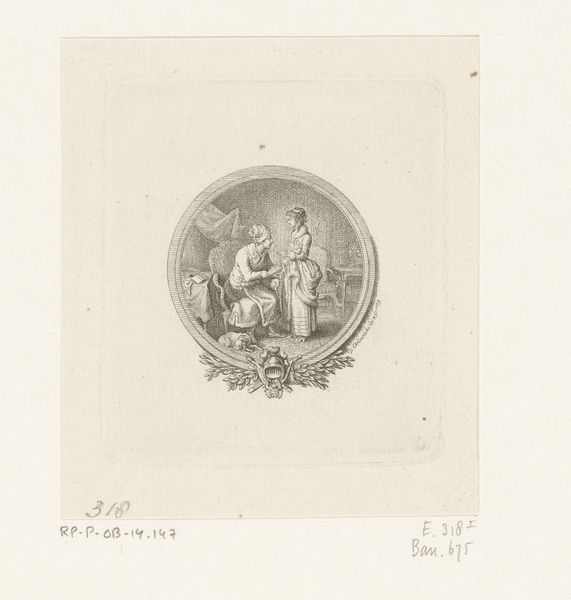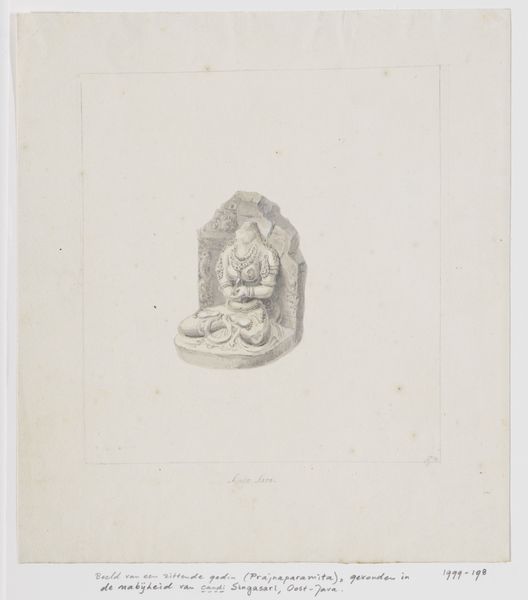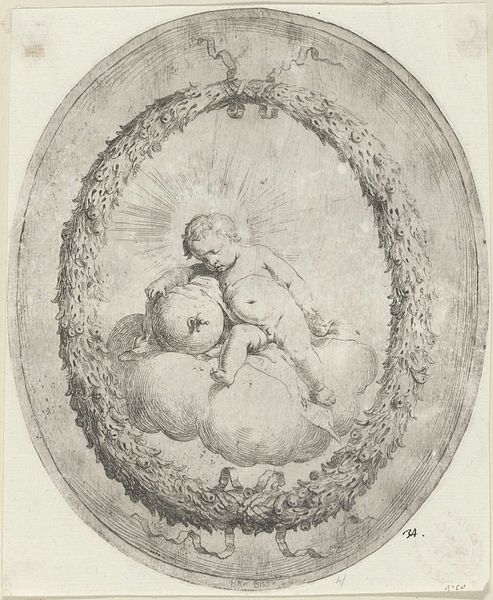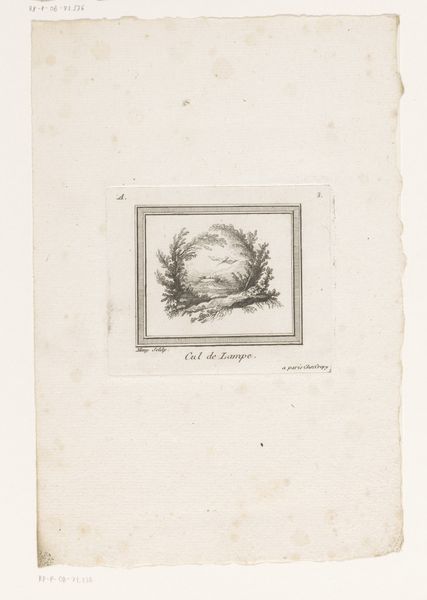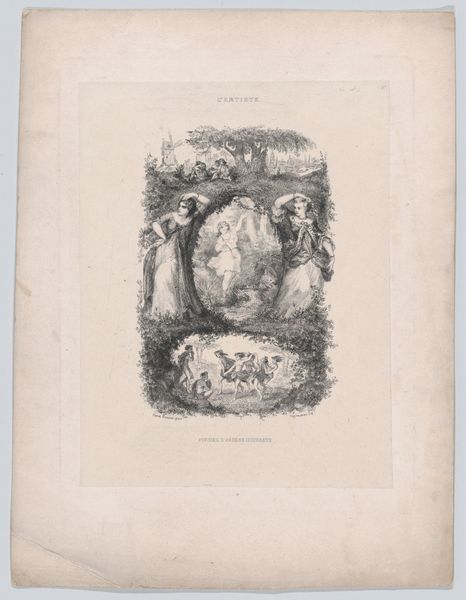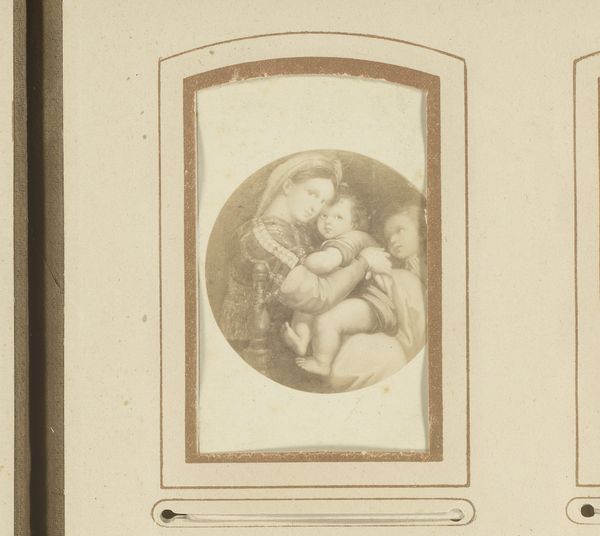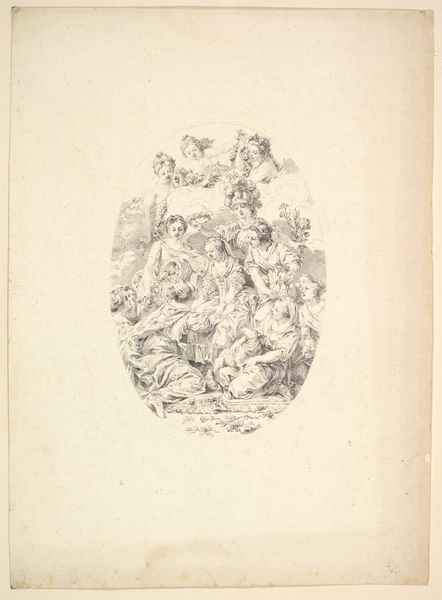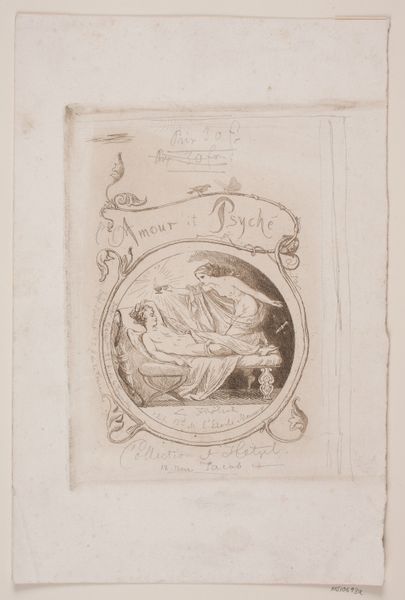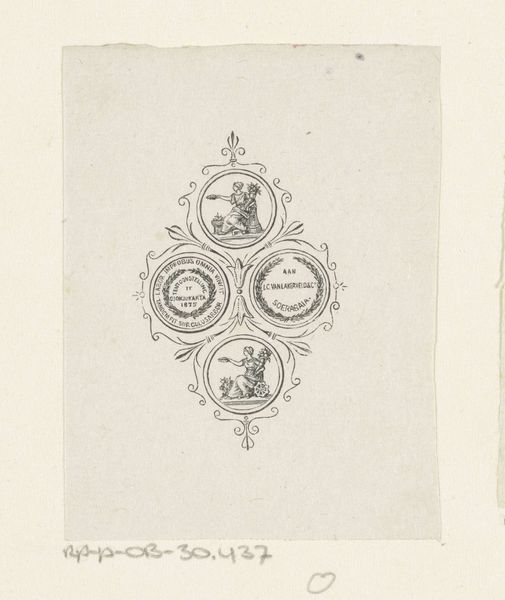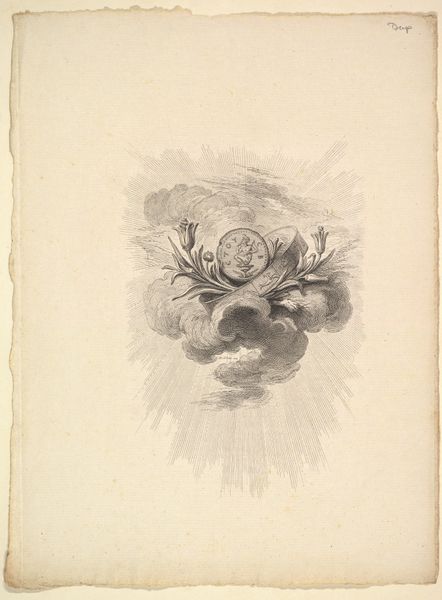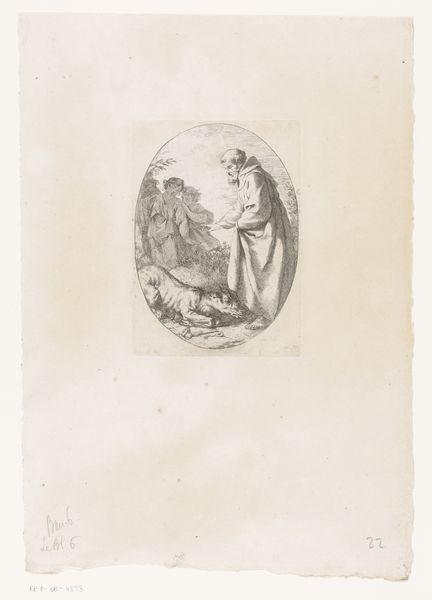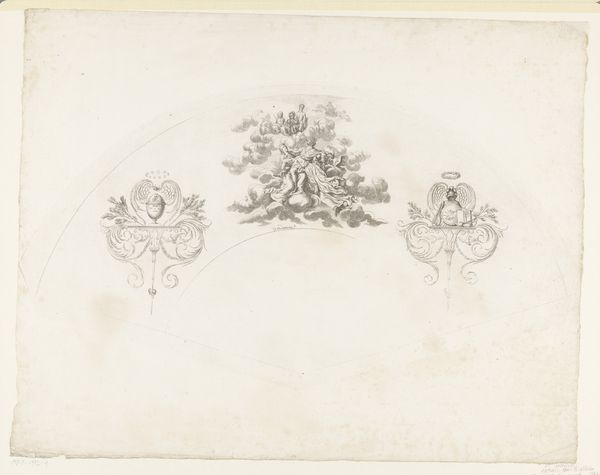
drawing, print, paper, pencil
#
portrait
#
pencil drawn
#
drawing
#
baroque
# print
#
pencil sketch
#
figuration
#
paper
#
pencil drawing
#
pencil
Dimensions: plate: 20.7 × 17.5 cm (8 1/8 × 6 7/8 in.), oval sheet: 21.4 × 17.8 cm (8 7/16 × 7 in.) mount: 45.7 × 32.4 cm (18 × 12 3/4 in.)
Copyright: National Gallery of Art: CC0 1.0
Bartolomeo Biscaino etched this image of the infant Christ as Salvator Mundi. The depiction of Christ as a child carries deep symbolism. Observe the globe beneath the Christ child. It represents dominion over the world, echoing ancient Roman imperial imagery. This symbol reappears through the ages, from orbs held by emperors to globes in Renaissance portraits, each time imbued with authority. Consider how, in Byzantine art, Christ Pantocrator is often depicted holding a book; a representation of divine law and universal knowledge. There's an emotional undercurrent here. The vulnerability of the child Jesus combined with the globe generates a tension between innocence and power, speaking to our subconscious understanding of authority. The symbol of the child, a potent force engaging us on a deeply subconscious level. This visual vocabulary traverses time, constantly reshaped by successive cultures. It's a reminder that images are not static but alive, perpetually evolving as they journey through history.
Comments
No comments
Be the first to comment and join the conversation on the ultimate creative platform.
